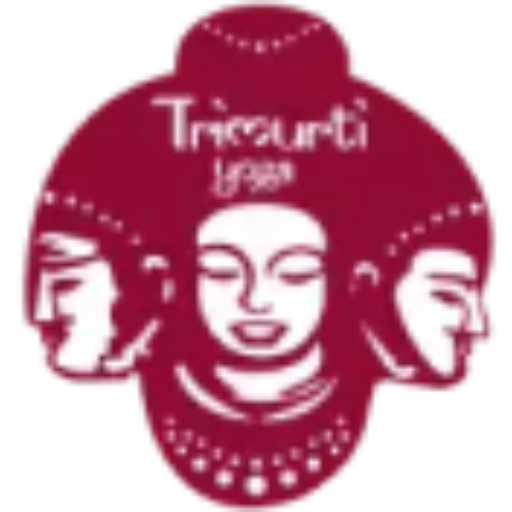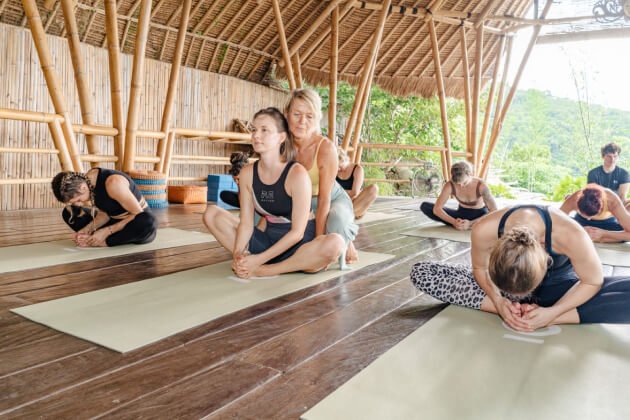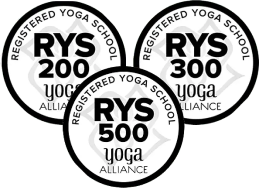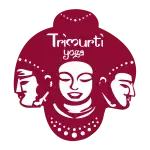
A Yin Yoga Teacher Training in Bali can be the ideal choice for you if you’re searching for an experience that will change your life. The goal of this yin yoga teacher training program is to provide you with the skills you need to teach yin yoga to others and a deeper understanding of the practice itself. Yin yoga is a contemplative, slow-moving style of yoga where postures are held for extended periods of time. It is an incredibly calming and revitalizing technique that prioritizes releasing and extending the body’s connective tissues, encouraging flexibility, lowering stress levels, and raising awareness. In this article, we will discuss what is yin yoga, and what are the benefits of doing yin yoga teacher training in Bali. So, without any delay, let’s start.
Table of Contents
ToggleWhat is Yin Yoga?
A type of yoga known as yin yoga consists of particular passive positions, or yin poses, that are held for a long period of time, usually three to ten minutes. The technique of holding each posture longer originates from ancient Hatha Yoga, which was initially performed by monks.
Yin yoga differs from other forms of yoga in that its emphasis is not on muscles but rather on your body’s connective tissues, including your tendons, ligaments, and fascia. Because you’ll be prompted to pay attention to your breath and maintain present-moment awareness, it’s also a fantastic method to cultivate mindfulness and relaxation. Child’s posture, Dragon pose, Butterfly pose, Caterpillar stance, Half Saddle pose, and Square pose are a few popular Yin Yoga poses. Blocks, bolsters, and blankets are examples of props that can be used to support your body and improve the comfort of postures.
Yin Yoga Vs Other Yoga Styles
The duration of time spent in each asana (or pose) is the main difference between yin yoga and other forms of yoga practice. Vinyasa Flow and other more dynamic styles of yoga only hold each posture for five to ten breaths, with frequent transitions between them.
Each posture in yin yoga is held for three to ten minutes, giving your body’s deeper, less flexible tissues time to expand. Yin yoga is more likely to increase your range of motion and general flexibility than it is to strengthen your muscles as other forms of yoga styles do.
Breathing techniques used in yin yoga are equally slow and controlled, with a focus on calm abdomen breathing. Yogis are encouraged to establish a connection with their emotions, feelings, and physical self through this personal practice.
Why Choose Bali for Your Yin Yoga Teacher Training?
Anyone who wants to become a qualified yoga instructor and further their Yin Yoga practice should go to Bali. Bali is the perfect destination for your Yin Yoga Teacher Training for the following two key reasons:
Well-established and renowned yoga schools with excellent Yin Yoga Courses may be found in Bali. To meet the individual needs of each student, the skilled teachers at these institutions provide a range of teaching techniques, such as alignment-based, vinyasa flow, and Yin Yoga.
Bali is the ideal location for an intensive and life-changing Yin Yoga Training experience because of its stunning natural surroundings, lively culture, and energy flow. The island is filled with spirituality due to its long history of spiritual practices and beliefs.
You may combine your love for yoga with an amazing cultural experience by enrolling in a Yin Yoga Teacher Training program in Bali. Along with learning from qualified and experienced teachers, you’ll get to see the island and interact with the locals. In addition to being affordable, Bali is a great option for anybody looking to start a yoga teacher training program without going over budget.
The Benefits of Yin Yoga Teacher Training in Bali
There are numerous benefits of doing Yin Yoga Teacher Training in Bali, some of them are:
Bali is a distinct, stunning island with a deep cultural history. You will be able to interact with the locals, learn about Balinese culture, and fully immerse yourself in the local culture by doing a Yin Yoga Teacher Training in Bali. Bali is an incredibly gorgeous island having a variety of beautiful scenery, from many peaceful beaches to tropical rainforests. You will get to see all that Bali has to offer, including hiking, temple visits, and island exploration, throughout your Yin Yoga Teacher Training.
Advantages of practicing Yin Yoga daily:
- It balances and calms the body and mind
- It helps in lowering tension and anxiety
- Yin Yoga boosts circulation and enhances the flexibility of our body
- It also reduces scar tissue and enhances joint motion
- It enhances the passage of prana, or chi, and balances the internal organs
Frequently Asked Questions (FAQs)
- What is Yin Yoga?
Yin yoga is a contemplative, slow-moving style of yoga that focuses on the connective tissues such as the ligaments, bones, and joints of the body. It involves holding passive stretches for a few minutes to let the body relax and let go of stress.
- What are the benefits of Yin Yoga?
Yin yoga helps to increase blood circulation and improves flexibility. It also reduces stress and anxiety and makes the body and mind relax.
- Is Yin Yoga suitable for beginners?
Yes, Yin Yoga is suitable for both beginners and experienced yoga practitioners. For individuals of all ages and skill levels, Yin Yoga is the perfect exercise. But to prevent injuries, try to practice yin yoga with the guidance of an instructor.
- Is there any requirement before enrolling in a yoga teacher training in Bali?
No, there is no particle requirement to attend a Yin Yoga Teacher Training in Bali. But, it is advised, that you have some prior experience with the different styles of yoga in addition to a regular Yin Yoga practice.
- How to choose the right Yin Yoga Teacher Training Programme in Bali?
It’s important to conduct research before selecting a particular Yoga Teacher Training in Bali that fulfills your requirements and expectations. Look out for a program that provides a safe and welcoming learning atmosphere, has instructors with years of experience and knowledge, and is approved by a respectable organization.








